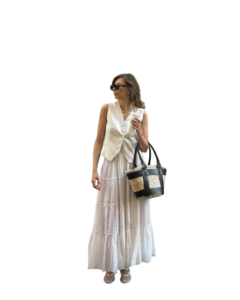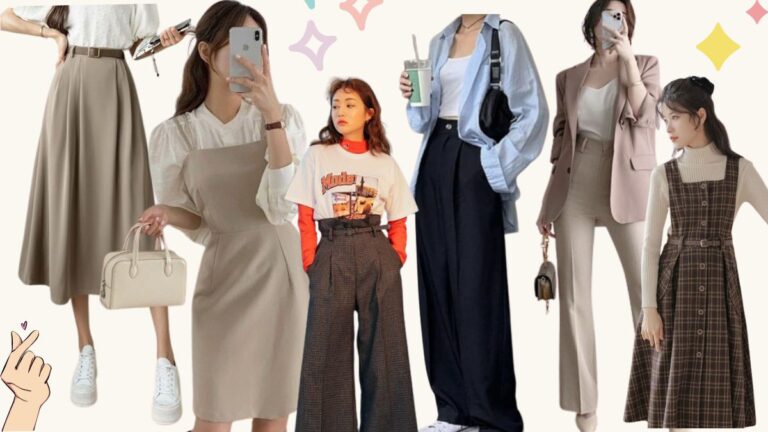Where did the old money aesthetic come from
The old money aesthetic embodies timeless elegance, understated luxury, and a refined outward. This style is often associated with generational wealth and an appreciation for high-quality, classic fashion. It contrasts sharply with the flashier, trend-setter styles often seen in new money circles. Here, we’ll delve into the history of the old money aesthetic, its key components, and how you can incorporate this style into your wardrobe.
History of the Old Money Aesthetic
The old money aesthetic has its roots in the rich culture and wealthy families of Europe and America. In the late 19th and early 20th centuries, families with generational wealth established a standard of elegance and sophistication in their fashion choices. This era saw the rise of bespoke tailoring, fine fabrics, and timeless silhouettes. Brands like Ralph Lauren and Brooks Brothers became synonymous with this refined style, offering clothing that emphasized quality and tradition over fleeting trends.
In contemporary times, the old money aesthetic remains relevant as a symbol of enduring elegance. It has been embraced by those who value classic style and impeccable craftsmanship. This aesthetic is characterized by a subdued color palette, luxurious materials, and a focus on timeless pieces that can be worn for years. The old money look is less about displaying wealth and more about showcasing an appreciation for quality and heritage.
Key Elements of Old Money Style
The old money style is characterized by an unwavering commitment to quality and timelessness. It prioritizes well-made garments crafted from luxurious materials like wool, cashmere, silk, and linen. These fabrics not only exude sophistication but also ensure durability and comfort. The color palette is predominantly neutral, featuring shades of navy, beige, white, black, and grey. This muted spectrum is occasionally complemented by subtle patterns such as houndstooth, plaid, and stripes, which add a layer of understated elegance. The wardrobe staples of this aesthetic include tailored blazers, classic suits, cashmere sweaters, trench coats, and pea coats, all of which are designed to withstand the test of time both in style and durability.
In addition to clothing, the old money style extends to accessories and grooming. Jewelry is minimalistic and elegant, often consisting of pearl studs, simple gold or silver chains, and classic timepieces. Footwear choices are equally refined, with high-quality leather loafers, oxfords, ballet flats, and pumps being the norm. Grooming is meticulous, reflecting a polished and neat appearance with well-groomed hair and minimal, natural makeup. The old money aesthetic is not just about the outward appearance but also includes an element of behavior. It encompasses a demeanor that is confident, graceful, and well-mannered, completing the overall aura of sophistication and timeless elegance.
Incorporating the Old Money Aesthetic into Your Lifestyle



To fully embody the old money aesthetic, focus on curating a wardrobe of high-quality, timeless pieces that exude elegance and sophistication. Pay attention to grooming and personal care, ensuring you always present a polished appearance. Adopt behaviors that reflect confidence, grace, and good manners, as these are integral to the old money image.
By following these guidelines, you can achieve a look that is both luxurious and understated, embodying the essence of the old money aesthetic.
“The true essence of Old Money fashion lies in understanding that less is more.”
Embracing the old money aesthetic means investing in timeless pieces, focusing on quality, and maintaining a refined and sophisticated style. By incorporating these elements, you can successfully embody the old money aesthetic and share this refined style with your readers.
What is the old money aesthetic called ?
The old money aesthetic is often referred to as “preppy” or “classic style.”
What are the best old money looking brands?
Explore famous old money fashion brands such as Ralph Lauren, Burberry, Hermès, Chanel, and Brooks Brothers, and understand why they are synonymous with prestige, luxury, and exceptional craftsmanship.





